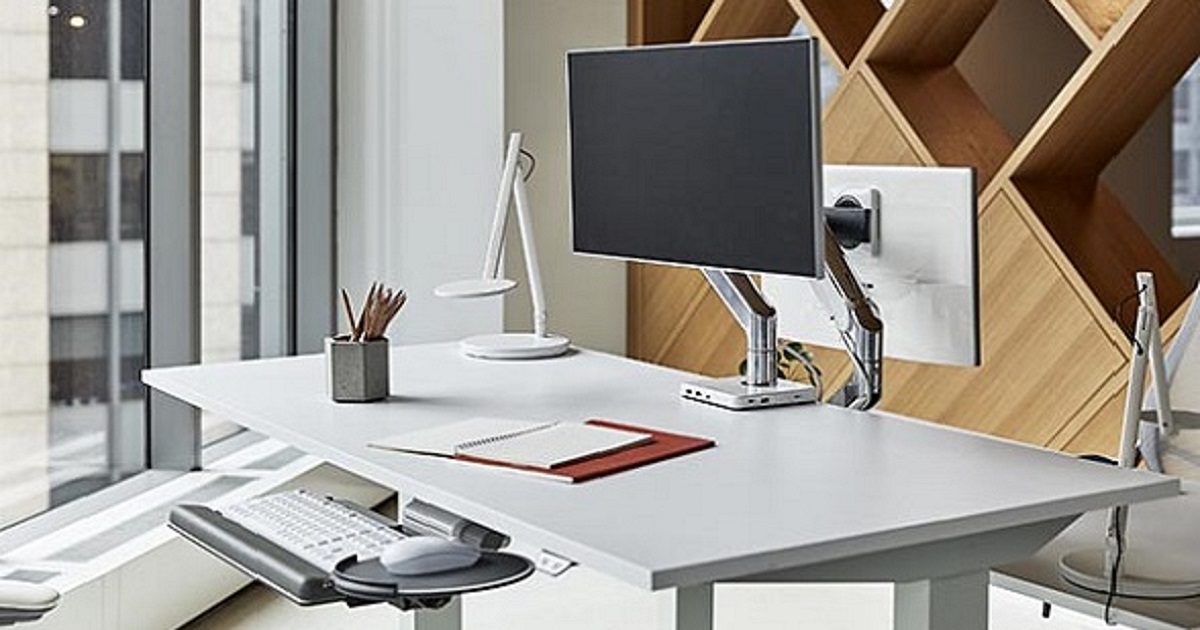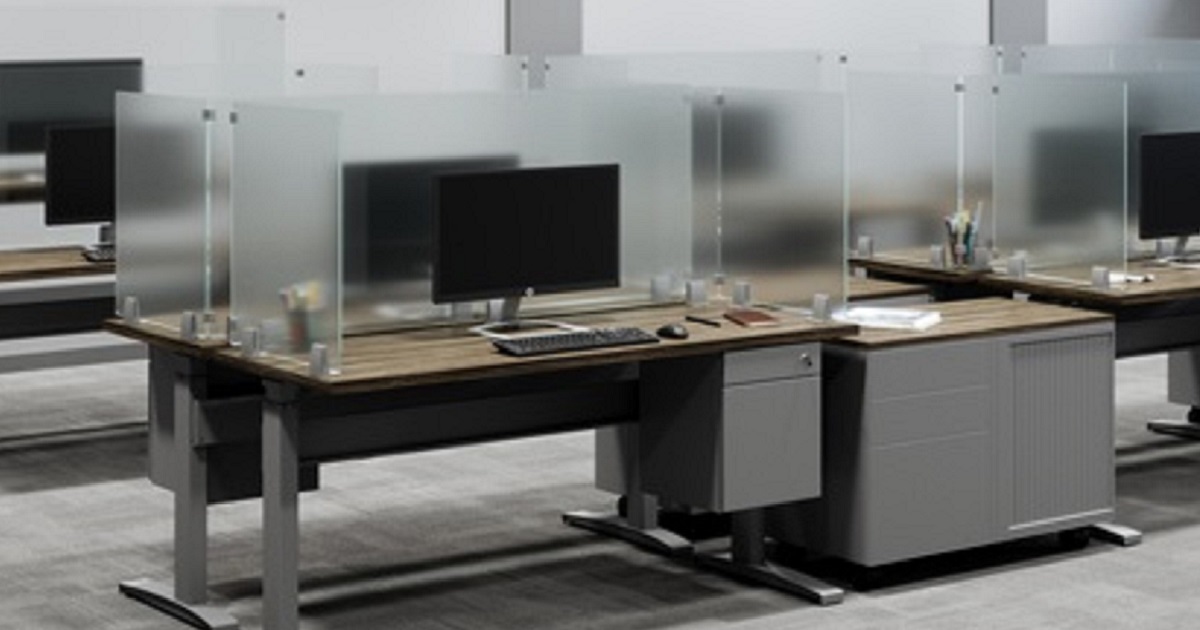Ergonomics - More Than Just Avoiding a Neck Ache
- Feb 15, 2016
- 0 Comments
Ergonomics is all about the fit between the worker and his work or how well a product supports the user while they are working. The study or practice of ergonomics involves striving to make the workplace safer and more comfortable for the worker. Greater comfort means workers are more focused on the job.
When it comes to the effect of proper ergonomics in the workplace it’s more than just avoiding occasional stresses and strains. It’s about health, productivity, quality of work, and contributing to the success of the company.
Whether assessing your needs or the needs of your employees, pay attention to these
3 Basic Elements of Ergonomics:
1. Neutral Position 2. Proper Reach Zones 3. Avoiding Static Postures
Ergonomics is all about the fit between the worker and his work or how well a product supports the user while they are working:
- Strives to make the workplace safer and more comfortable for the worker
- Greater comfort means workers are more focused on the job
- Resulting in greater productivity and a reduction in work related injuries
- Different for each person because no one is alike
- Really just common sense
Three Key Components of a Good Ergonomic Workplace
#1 The ideal position is one in which the body is in a neutral position
Muscles and ligaments are in most relaxed position
Neutral is the body’s strongest position
- For back: Head balanced over shoulder and hips with head facing forward and chin level
- Hands and wrists: Hand inline with the wrist and forearm

Ergonomics is a lot of common sense and finding the proper products to support neutral postures. Check out Advan-Ergo Resources: Wrist Rests, Keyboard Arms, Monitor Arms
#2 Position objects within Ergonomic Reach Zones
- Primary, or Initial, Reach: For items accessed frequently throughout the day
- Secondary, or Maximum, Reach: Requires bending forward
- Standing Reach: Requires user to stand or move in order to reach an object
OSHA categorizes these three reach zones as: Repetitive Access, Occasional Access, and
Seldom Access. Whatever you call them, position work accessories within these zones.

#3 Move to Avoid Static Postures:
- Don't sit, stand or work in a static position for more than 30 minutes
- Take micro-breaks throughout the day - for the body and for the eyes
- Chairs with lots of adjustment features allow users to easily adjust and move
- Height adjustable tables allow quick and easy adjustment to change posture or adjust to the work requirements and users of different heights
- Neutral postures are still preferred but must alternate with dynamic postures to reduce stress and redistribute pressure
- Easy stretches provide additional relief
A little ergonomic review and application of specific products and practices will help you and your company create a healthy, happy workplace and a more productive and profitable company as well. Keep in mind these basic principles regarding positioning the body in neutral, the ergonomic reach zones, and avoiding static postures. When you consider the low investment in ergonomics, you will experience an ROI that rivals any of the products and services you market.
















 Payments securely processed by:
Payments securely processed by: 